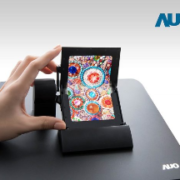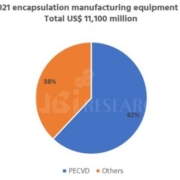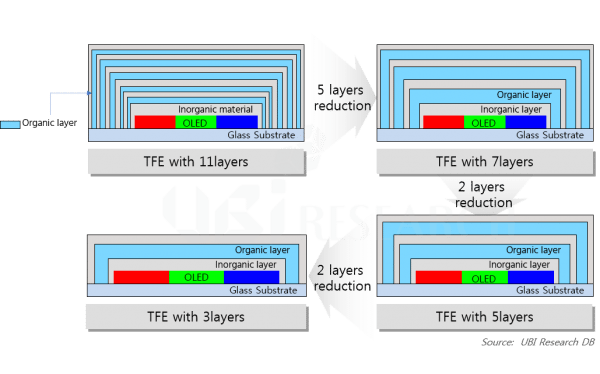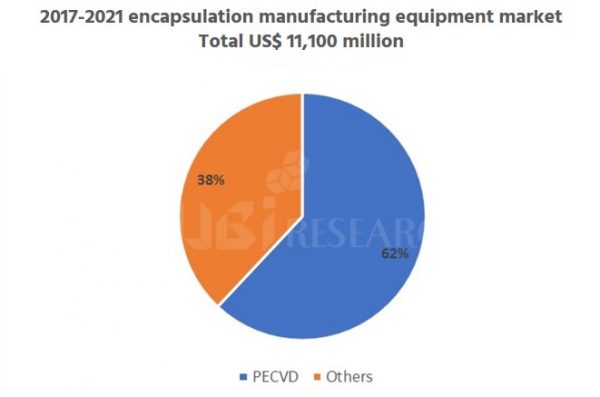AUO unveils round OLED and foldable OLED for the smart watch in Touch Taiwan 2017
AUO showed the OLED that can be collapsible and three kinds of round OLEDs (1.2-inch, 1.3-inch, 1.4-inch) for the smart watch in Touch Taiwan 2017 held on 20th.
The round OLEDs in 1.2-inch and 1.4-inch of AUO are 326ppi, and it lowers an electric consumption at 30% versus former production goods. AUO also improves the visibility capacity in outdoor by embedding the brightness increase mode to make a display screen of two kinds of round OLEDs be clear even under bright sunlight.
The 1.3-inch OLED aimed at the smart watch for kids is light in weight, and strengthens the usability with a power saving mode and an intuitive touch interface function.
AUO displays two types of 5-inch flexible OLEDs that can be rolled or folded. Such two types of 5-inch flexible OLEDs apply the plastic board and AUO self-developed structure (special structural layer).
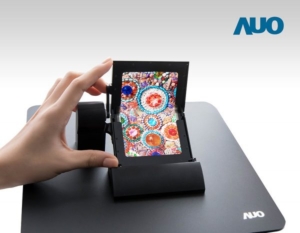
<AUO, 5 inch foldable OLED touch panel>
The 5-inch foldable OLED combines a flexible touch screen sensor that is developed by AUO itself. The company said “it would provide excellent image quality, even if the curvature radius of the folded part is 4mm and less”.
For 5-inch rollable OLED, they explained “The thickness of the panel is just 0.1mm and only 5g. This model with the rolling radius of 4mm will provide wide color gamut”.
In last SID 2017, AUO has announced about that they applied the structure locating the TFT (Thin Film Transistor) and TFE (Thin Film Encapsulation) at the neutral axis to stand the compression stress or tensions during being folded.

